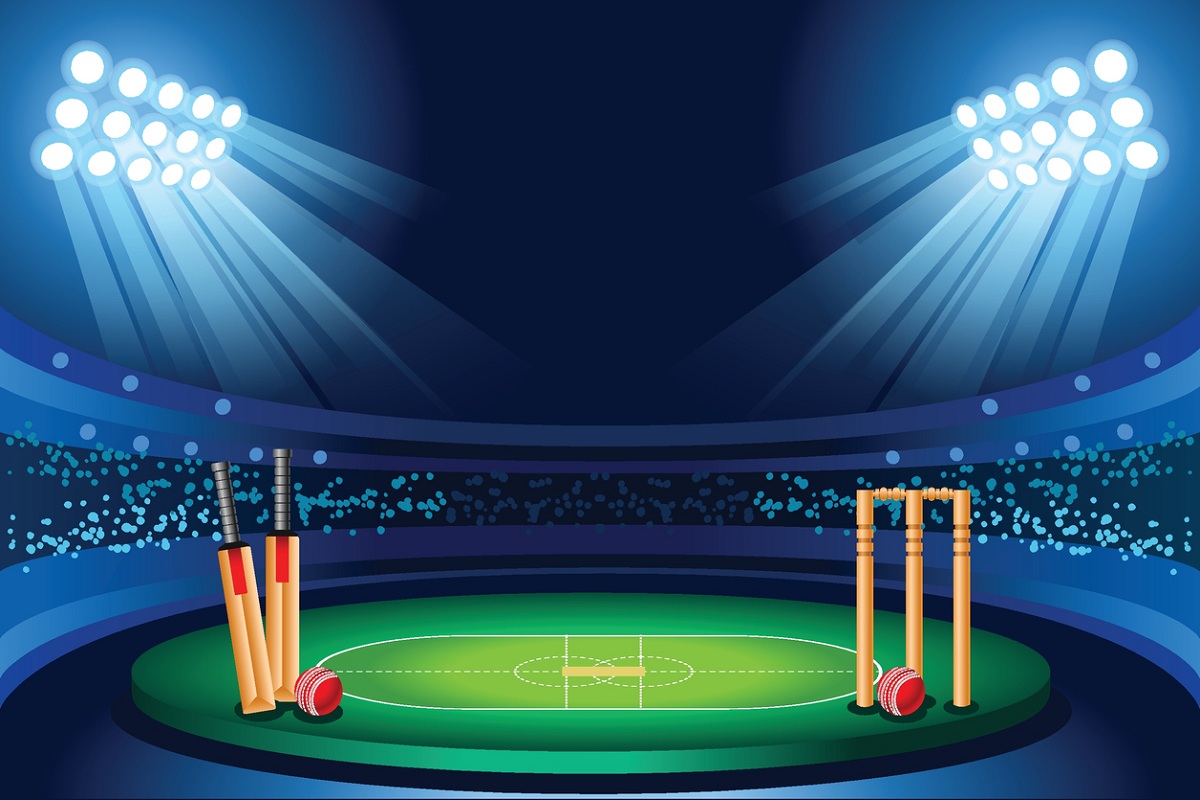Rajan Bala’s interpretative history of Indian cricket, The Covers are Off, carries a quotation from Voltaire ~ “One owes respect to the living,” it says, “but to the dead one owes nothing but the truth.” When television asked Sunil Gavaskar after Shane Warne had died if the Australian had been the greatest-ever spinner, the Indian stalwart answered in the negative. Gavaskar spoke of Muttiah Muralitharan, India’s own gifted exponents of the craft and referred to Warne’s rather unexceptional track record in this land. Hell’s foundations began quivering, with netizens saying the comments were egregiously ill-timed. The granite-minded opening batsman of yesteryear wasn’t rocked though, and let it be known that it had been wrong of the anchor to raise the question immediately after the death. Putting it straight, you don’t take 708 Test wickets without being truly great, of course, but “history’s best” is a description that runs the risk of leaving so much out of the reckoning.
The anchor, meeting a legend-in-his-lifetime figure, would perhaps have been faulted later for bypassing the question that was, in a way, obvious. To say this is not necessarily to try to bung BS Chandrasekhar and Anil Kumble into a comprehensive retrospective assessment but to remember another Indian who, Garry Sobers once said, had been way better than Warne. It is in the West Indian great’s autobiography. Subhash Gupte, according to Sobers, had “a far wider variety and his disguised googly was far better than Warne’s.” The Caribbean all-rounder does acknowledge Warne’s extraordinary ability to coax prodigious amounts of turn but makes it clear “turning the ball is not always the biggest criterion.” About the Australian leg-spinner’s much-celebrated Ball of the Century which got rid of Mike Gatting, Sobers writes the dismissal was as much the batsman’s fault as it was “Warne’s ability.” Sobers’ explanation is simplicity itself: if a player bowls a ball outside the leg stump on a turning wicket, you should cover your stumps ~ that’s basic. If Gatting had gone across instead of trying to play the shot or stand up, it would have been no problem. But Gupte was always on the spot, bowled a good googly and a good leg- break and had some of the best batsmen in the world confused, Sobers wrote, emphasising how the Indian had taken a “lot of good wickets” in his limited appearances in Test cricket, 27 of them in the 1952 series when the Caribbean islands boasted very good batting tracks. In Sobers’ book, Gupte was so accurate, varied the flight and pushed it through besides bowling two googlies, that you had to “watch him carefully to play him” and Warne, in contrast, was a “lot flatter.” Sobers wrote it was Englishmen, up against Warne’s colossal reputation, who found him insuperable, whereupon England’s Press deified him. Another point. Sobers, despite being lavish in his praise of Gupte, stopped well short of magniloquence and hyperbole. That’s a lesson for those who can’t help laying it on with a trowel.
Advertisement









